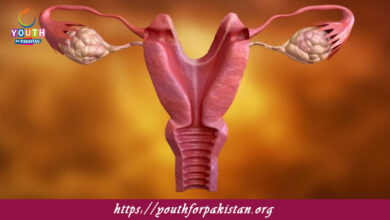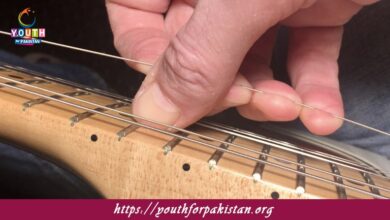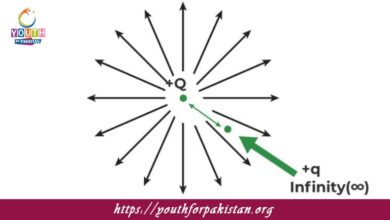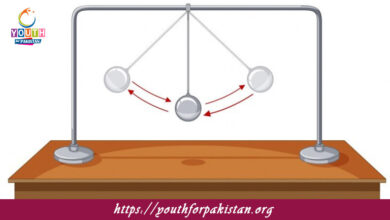Respiratory System MDCAT MCQs with Answers
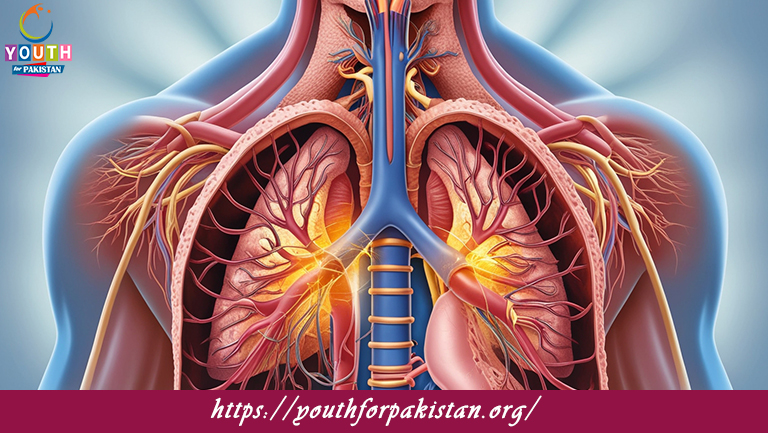
Welcome to the Respiratory System MDCAT MCQs with Answers. In this post, we have shared Respiratory System Multiple Choice Questions and Answers for PMC MDCAT 2024. Each question in MDCAT Biology offers a chance to enhance your knowledge regarding Respiratory System MCQs in this MDCAT Online Test.
Which of the following is the primary organ of respiration?
a) Heart
b) Lungs
c) Liver
d) Diaphragm
What is the function of the diaphragm in the respiratory system?
a) To filter incoming air
b) To facilitate the exchange of gases
c) To help in breathing by contracting and relaxing
d) To produce mucus
Where does gas exchange occur in the lungs?
a) Trachea
b) Bronchi
c) Alveoli
d) Bronchioles
What is the primary function of the respiratory system?
a) To transport nutrients
b) To regulate blood pressure
c) To exchange gases (oxygen and carbon dioxide)
d) To digest food
Which part of the respiratory system conducts air to the bronchi?
a) Larynx
b) Trachea
c) Pharynx
d) Nasal cavity
Which muscles are primarily responsible for inhalation?
a) Abdominal muscles
b) Intercostal muscles
c) Biceps
d) Quadriceps
What is the role of cilia in the respiratory tract?
a) To filter dust and particles from the air
b) To facilitate gas exchange
c) To produce mucus
d) To regulate airflow
Which structure prevents food from entering the trachea during swallowing?
a) Epiglottis
b) Larynx
c) Pharynx
d) Bronchus
What is the term for the volume of air inhaled or exhaled during normal breathing?
a) Tidal volume
b) Inspiratory reserve volume
c) Expiratory reserve volume
d) Vital capacity
Which of the following is a part of the upper respiratory tract?
a) Bronchi
b) Alveoli
c) Trachea
d) Nasal cavity
Where is the respiratory control center located?
a) Medulla oblongata
b) Thalamus
c) Cerebellum
d) Pons
What happens to the diaphragm during exhalation?
a) It contracts and moves downwards
b) It relaxes and moves upwards
c) It remains unchanged
d) It inflates
Which gas is primarily responsible for stimulating breathing?
a) Nitrogen
b) Oxygen
c) Carbon dioxide
d) Hydrogen
What is the primary function of the nasal cavity in respiration?
a) To filter, warm, and humidify air
b) To exchange gases
c) To produce mucus
d) To regulate blood flow
Which part of the respiratory system is also known as the voice box?
a) Trachea
b) Pharynx
c) Larynx
d) Bronchi
What is the function of surfactant in the alveoli?
a) To increase surface tension
b) To decrease surface tension and prevent alveolar collapse
c) To filter air
d) To warm the air
Which of the following structures is part of the lower respiratory tract?
a) Pharynx
b) Larynx
c) Bronchi
d) Nasal cavity
What is the main function of the alveoli in the lungs?
a) To conduct air to the bronchi
b) To produce surfactant
c) To exchange oxygen and carbon dioxide
d) To warm and filter air
What is the term for the total volume of air that can be exhaled after maximum inhalation?
a) Tidal volume
b) Inspiratory reserve volume
c) Vital capacity
d) Residual volume
Which of the following is a characteristic of emphysema?
a) Increased mucus production
b) Inflammation of the bronchi
c) Destruction of alveoli
d) Spasms of the bronchi
What structure connects the larynx to the bronchi?
a) Nasal cavity
b) Trachea
c) Pharynx
d) Bronchioles
In which part of the respiratory system does gas exchange NOT occur?
a) Alveoli
b) Bronchi
c) Capillaries
d) Respiratory membrane
Which condition is characterized by difficulty in breathing due to narrowed airways?
a) Asthma
b) Pneumonia
c) Tuberculosis
d) Chronic bronchitis
What is the function of the bronchial tree?
a) To exchange gases
b) To conduct air to the lungs
c) To filter and warm air
d) To produce surfactant
Which structure is responsible for the production of speech?
a) Trachea
b) Larynx
c) Bronchi
d) Alveoli
What is the term for the volume of air remaining in the lungs after maximum exhalation?
a) Residual volume
b) Expiratory reserve volume
c) Inspiratory reserve volume
d) Tidal volume
Which structure is involved in the initial filtration of inhaled air?
a) Alveoli
b) Trachea
c) Nasal cavity
d) Bronchioles
What is the primary component of exhaled air?
a) Oxygen
b) Carbon dioxide
c) Nitrogen
d) Water vapor
Which of the following is NOT a part of the respiratory system?
a) Lungs
b) Trachea
c) Esophagus
d) Pharynx
What is the role of mucus in the respiratory system?
a) To aid in gas exchange
b) To trap dust and pathogens
c) To facilitate the production of speech
d) To regulate blood pressure
Which condition involves an inflammation of the lining of the lungs and chest cavity?
a) Bronchitis
b) Pneumonia
c) Pleural effusion
d) Pulmonary embolism
What type of respiration occurs at the cellular level?
a) External respiration
b) Internal respiration
c) Pulmonary respiration
d) Tissue respiration
Which of the following is the correct sequence of air passage during inhalation?
a) Nasal cavity → Pharynx → Larynx → Trachea → Bronchi → Alveoli
b) Pharynx → Nasal cavity → Larynx → Trachea → Bronchi → Alveoli
c) Trachea → Nasal cavity → Larynx → Pharynx → Bronchi → Alveoli
d) Larynx → Nasal cavity → Pharynx → Trachea → Bronchi → Alveoli
Which disease is commonly associated with smoking and leads to chronic cough and mucus production?
a) Asthma
b) Chronic bronchitis
c) Emphysema
d) Tuberculosis
What is the primary method of gas exchange in the alveoli?
a) Active transport
b) Facilitated diffusion
c) Simple diffusion
d) Osmosis
Which of the following is a function of the pharynx?
a) To warm and humidify air
b) To produce mucus
c) To connect the nose and mouth to the larynx and esophagus
d) To exchange gases
What type of cells line the alveoli and are involved in gas exchange?
a) Ciliated cells
b) Goblet cells
c) Type I alveolar cells
d) Type II alveolar cells
Which part of the respiratory system is responsible for voice production?
a) Nasal cavity
b) Larynx
c) Trachea
d) Bronchi
What is the primary cause of a respiratory infection?
a) Bacterial or viral pathogens
b) Excessive exercise
c) High altitude
d) Overconsumption of water
If you are interested to enhance your knowledge regarding Physics, Chemistry, Computer, and Biology please click on the link of each category, you will be redirected to dedicated website for each category.


